- Joined
- Nov 17, 2013
- Messages
- 2,560
7. Chrysocolla in Chalcedony (excluding Arizona Gem Silica)
Arizona Gem Silica is highly prized, but chrysocolla in chalcedony from other sources can be striking, too - but not as highly priced. If you don't have the budget for those neon Paraiba tourmalines, these alternatives are also copper-bearing, and can have the neon glow. In fact, cut en cabochon, they can some look very similar to Paraiba tourmalines! Stones in the photo are from Congo (small glowy ones) and the bigger blues with pseudo malachite inclusions are from Israel.
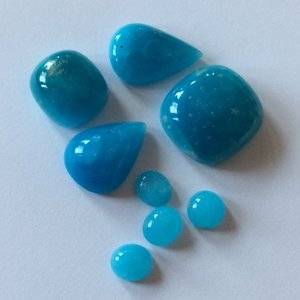
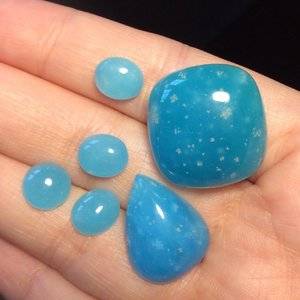
The ones you thought were from Israel, with the tan dendrites, are now all over the place, currently being marketed as hemimorphite. They are partially delineated glass, not natural stones.

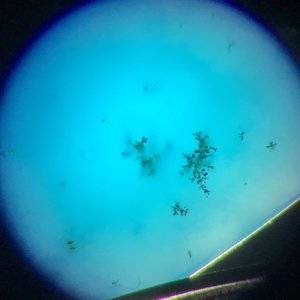
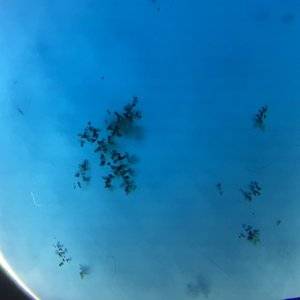

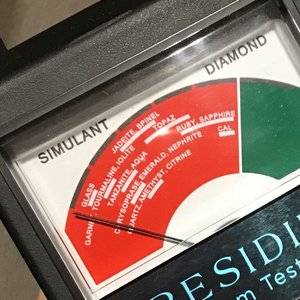
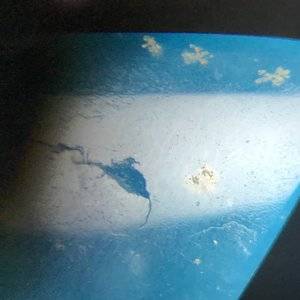

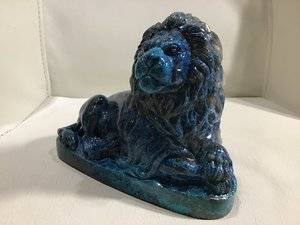
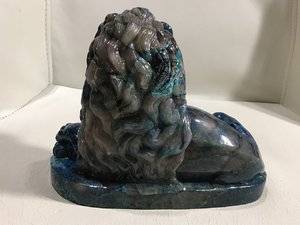
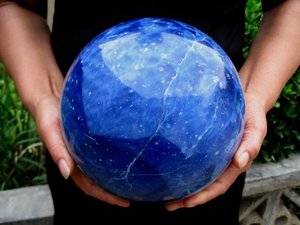


300x240.png)